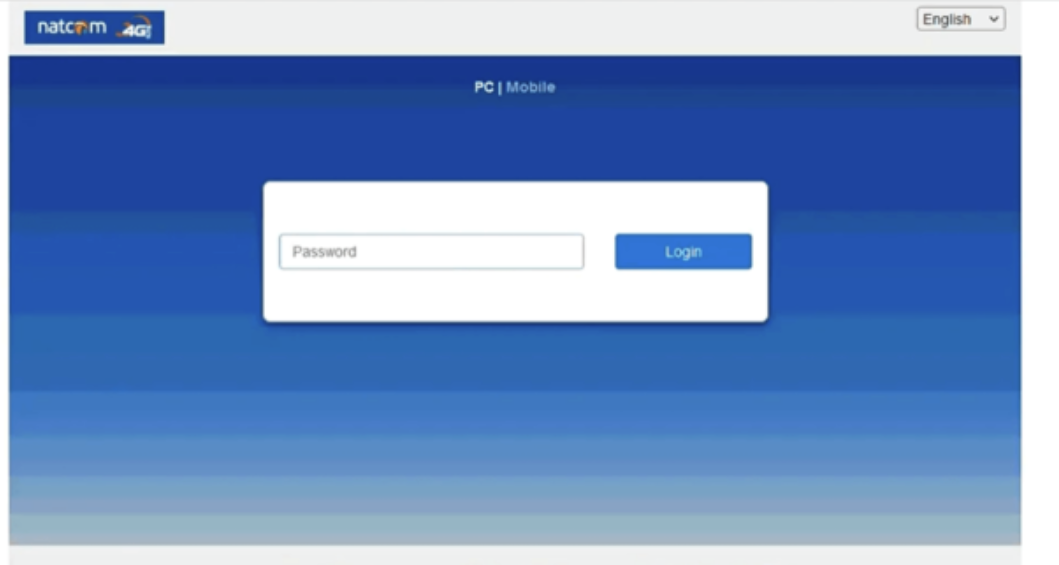So here’s the deal… you’re trying to log into your Natcom router, maybe to boost your Wi-Fi speed, lock down your connection, or just change that old password everyone knows (yep, we’ve all been there).
Let’s walk you through it, step-by-step.
🧰 What You Need Before You Begin
Before you start clicking around, just make sure you’ve got:
- A device connected to your Natcom Wi-Fi (laptop or phone will do)
- The router’s IP address
- Your username and password (default or updated)
🌐 Common IP Address for Natcom Routers
Most Natcom routers use these default IPs:
Still not working? No stress. Here’s a quick way to find your router’s IP:
- On Windows: Open CMD > type
ipconfig> look for Default Gateway - On Mac: Go to System Preferences > Network > Advanced > TCP/IP tab
That’s the address you’ll punch into your browser.
🔑 Default Login Credentials
Haven’t changed your router login? Try these:
- Username: admin
- Password: admin
OR
- Username: user
- Password: user
Still no luck? Flip your router over—it might be printed on a sticker underneath.

🚪 Login Steps – Let’s Get You In
Here’s the quick and dirty:
- Open your web browser
- Enter the IP address (e.g.,
192.168.1.1) into the address bar - Hit Enter
- Type in the username and password
- Click Login
And there you are—inside the router dashboard!
😬 Forgot the Login Details?
No judgment. It happens.
Here’s how to reset the router:
- Find the Reset button on the back
- Press and hold it (use a paperclip or pin) for 10–15 seconds
- Let the router reboot
- Use the default login details to log back in
Fresh start, no fuss.
🧑💻 What You Can Do After Logging In
Once you’re in, it’s your network, your rules:
- Change your Wi-Fi name (SSID)
- Set a strong, new Wi-Fi password
- Manage who’s connected
- Set up parental controls
- Enable guest networks
- Update the firmware
Seriously, take 5 minutes and clean up your network—you’ll thank yourself later.
🔒 Pro Tips for a Secure Network
Don’t just log in and bounce—do these while you’re in there:
- Change your router admin password
- Use WPA2/WPA3 encryption
- Turn off WPS if not needed
- Update your firmware (big one for security)
The goal is to keep freeloaders and hackers out—easy wins, big results.
That’s a Wrap
And boom—you’re officially in control of your Natcom router. It’s not as complicated as it sounds, right? Just a few clicks and you’re managing your own network like a boss.